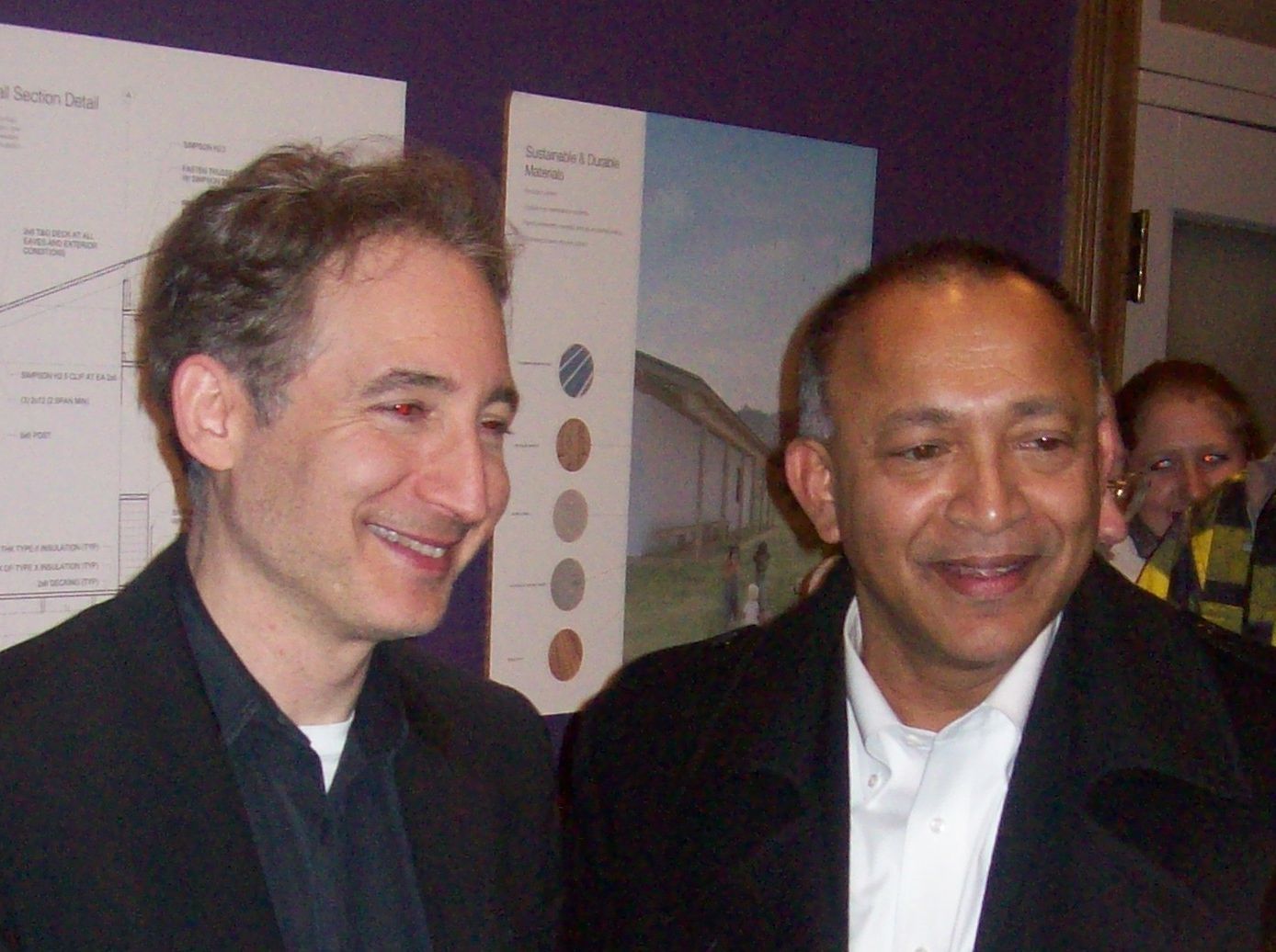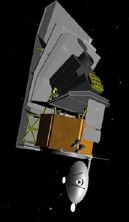May 19, 2013
Who Wants To Live Forever?
Posted by Ciaran Healy in categories: business, ethics, existential risks, futurism, homo sapiens, human trajectories, life extension, philosophy, sustainability
Medical science has changed humanity. It changed what it means to be human, what it means to live a human life. So many of us reading this (and at least one person writing it) owe their lives to medical advances, without which we would have died.
Live expectancy is now well over double what it was for the Medieval Briton, and knocking hard on triple’s door.
What for the future? Extreme life extension is no more inherently ridiculous than human flight or the ability to speak to a person on the other side of the world. Science isn’t magic – and ageing has proven to be a very knotty problem – but science has overcome knotty problems before.
A genuine way to eliminate or severely curtail the influence of ageing on the human body is not in any sense inherently ridiculous. It is, in practice, extremely difficult, but difficult has a tendency to fall before the march of progress. So let us consider what implications a true and seismic advance in this area would have on the nature of human life.










